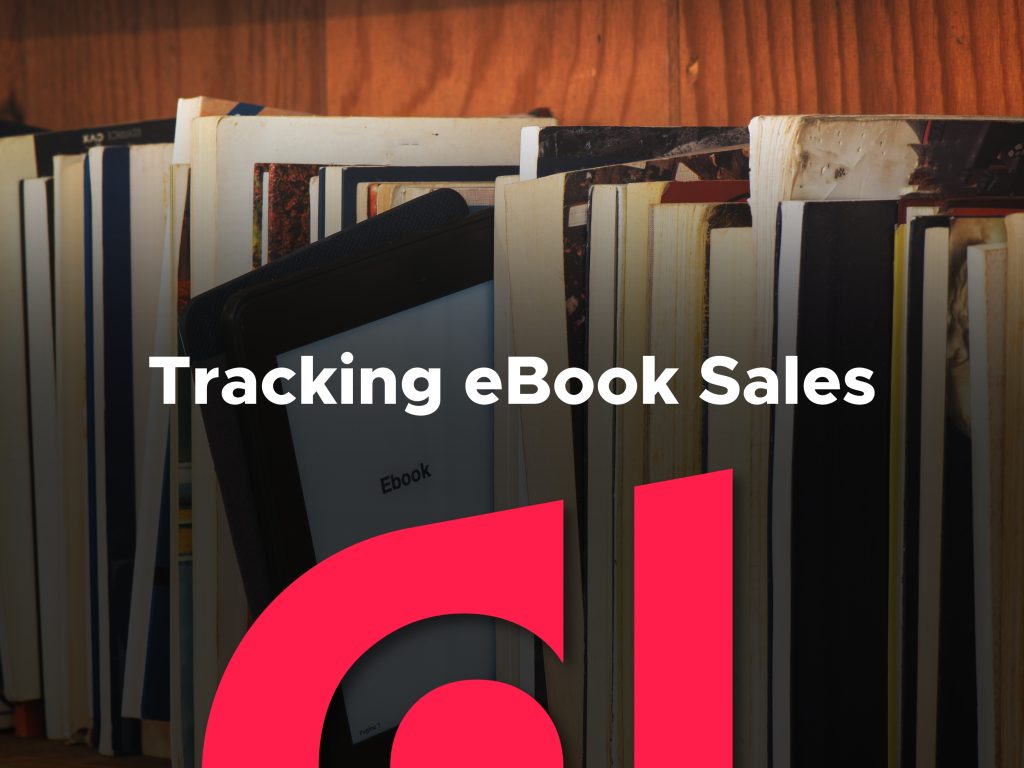Spanish digital publishing has grown massively over the past few years, following the adaptation of Spanish publishers to digital platforms. With the increasing popularity of ebooks and audiobooks in the Spanish publishing industry, let’s look at the digital innovations in Spanish publishing and what the rest of the world can learn from them.
Digital Innovations in Spanish Publishing
The publishing industry in Spain was forced to rebuild itself in the latter part of the last century. Publishing basically ceased during the Spanish Civil War, and so it was forced to regrow in the ’70s, ’80s, and ’90s. Over the last few years, the Spanish publishing industry has contributed increasingly less to the country’s overall GDP, with signs indicating that this trend could continue.
Two things have greatly impacted the Spanish publishing industry over the last two decades:
- Global economic crisis
- The COVID-19 pandemic
These two factors had a massive impact on the publishing industry in Spain. Let’s take the global economic crisis first.
The recession that started in 2008 had a major impact on European Union countries. Many people lost their jobs. The general public was spending less money. The publishing industry, like other industries, had to let many people go.
Then, in early 2020, COVID-19 became a pandemic and spread widely. The economy suffered worldwide, people had to work remotely, and many died. As well as this, countries were importing and exporting fewer physical products. It may seem like a distant memory now, but the pandemic at its height was a global shutdown.
So, what did those two things mean for the adaptation of Spanish publishers to digital platforms? Well, for starters, since the turn of the century, there has been a large shift in Spain’s publishing industry towards digitization. So, the trends of the digital world were already there. However, these factors further boosted Spain’s digital publishing. In 2020, the start of the global pandemic, Spanish-language publishers experienced a rise in both ebooks and audiobooks, with ebooks up 112% and audiobooks up 137%.
There are many different factors that led to the rise of audiobooks and ebooks in the Spanish market. This rise can be attributed to the following:
- Digital books are cheaper to produce. With print books, it is necessary to actually make something physical (paper, cover, ink) and store it in a warehouse. These things cost money. However, ebooks do not have to exist in a physical way and are cheaper to make.
- Ebooks cost less than print books, which means they are more affordable to the general public in Spain. In 2020, a print book in Spain was, on average, over €13 more expensive than an ebook, with an audiobook also being cheaper. So, it was easier for people to buy ebooks.
- During the pandemic, it was harder to export products. As we noted, 2020 saw a huge increase in digital books sold in the Spanish language. This is because they do not have to be physically moved to a different country.
- Generally, the world has become more digitized, and therefore information travels faster. There is more of a demand nowadays for instant gratification. Digital books are more readily available. People can access them anywhere on their devices and do not have to go to an actual bookstore and get a physical book, which they then must carry around. This is the type of modern convenience that people have become used to and started to demand.

So basically, from the point of view of publishers, digital books are less of a hassle to produce, and from a customer’s perspective, digital books can be gotten and consumed in less time for less money. These factors combine to mean that ebooks and audiobooks in the Spanish publishing industry are being produced and consumed more regularly. Along with this, one advantage digital books have over print books is that they are interactive and can provide a deeper reading experience. When reading an ebook, we can click on links to find out more about a topic. Think about how many times you’ve been on Wikipedia reading an article, clicked a link, and suddenly spent hours reading related topics.
There is certainly space for print books, ebooks, and audiobooks; the three can coexist. But there are now more books being published in digital formats in Spain than before. The adaptation of Spanish publishers to digital platforms has proven successful, with the profit from digital books going up by over 3% in 2022. Non-fiction books were particularly popular in Spain, with fiction for adults also on the rise in the digital medium.
Reaching Wider Audiences Through Digital Innovations in Spain
Overall, foreign trade suffered a significant drop during the COVID-19 pandemic but has experienced a recovery since 2022. The export market for the publishing industry grew last year, and there are signs that this will continue.
For the Spanish publishing industry, Latin America is the biggest market, which is understandable as this is a largely Spanish-speaking market. Mexico, in particular, is a big market and is Spain’s number one place to export books. France, Argentina, and Italy are also big markets. France and Italy, like Spain, are in the European Union. Spain exports a large number of books around the EU. Spain has grown to be the leader in Spanish-language book exports.
When it comes to digital exports from Spain, the export market is a crucial chunk, making up nearly half of ebook sales. Spanish-published ebooks are particularly popular in Latin America. We can put this down to the ease of access to ebooks from Spain in Latin America over print books. It is significantly easier for someone in a Latin American country to buy and receive an ebook from Spain than a physical book, and as we know, ebooks are becoming more frequent from Spanish publishers. Digital innovations in Spanish publishing have led to a surge in the popularity of ebooks in the Spanish market, and more specifically, in the Spanish-speaking market.

What We Can Learn From Digital Innovations in Spanish Publishing
There are several things we can take away from the adaptation of Spanish publishers to digital platforms. Here are six important lessons to learn based on the rise of Spanish digital publishing:
- It’s really important for publishers to be flexible and open to new ideas. Spain’s publishing sector had to adapt to several large-scale global challenges over the past couple of decades to ensure their industry did not become obsolete. It’s very common for industries that have been around for a long time to become stuck in their ways and turn their noses up at any sort of modern innovation. It would have been easy for the Spanish publishing industry to think of digital publishing methods as nothing but a new trend that would die out, but instead, they invested in it and made it a strong part of their sector.
- Digital publishing is an excellent way of reaching foreign markets. The world has become a more globalized place since the turn of the century, with internet communication technologies ensuring we can communicate with people in every part of the globe, which is something we could only have dreamed of in the 80’s or 90’s. While it is possible to export print books, digital ebooks, and audiobooks offer a sort of inconvenience that is beneficial for the export market. When you think about a book traveling from Europe to Latin America, or similarly from the USA to the other side of the globe, moving a physical object is more of a challenge. Exporting physical print books requires packaging, storage space, and transport. As well as this, there is a large amount of bureaucracy involved in transporting goods to other countries, with no shortage of forms to fill out. Digital publishing offers a solution to these challenges by ensuring consumers can buy books with ease and have them immediately available. This can be done at less cost to the publisher, too.
- Tapping into foreign markets with a large proportion of people who speak or are interested in learning your native language is a vitally important part of making a profit in the global publishing industry. Something Spanish and English have in common is that they are widely spoken languages throughout the world, with those two being the first languages of many countries on most continents. With the publishing marketplace becoming significantly more connected and globalized, it has now become necessary to connect with the foreign market. The way to do that effectively is to establish market connections in places where the native language you publish in is widely spoken. Consider this when thinking about your target audience.
- The digital divide is an issue that needs to be addressed throughout the world in the name of giving people the same access to information. One thing that is clear about Spain’s digital revolution is that it has not hit all homes equally. While broadband infrastructure was successfully brought in, not all homes can afford good-quality broadband. Over the last ten years, Spain has shifted toward digitalization, discontinuing analog services in favor of digital ones. But this means, unfortunately, that many people cannot afford the expensive subscriptions. Equally, in terms of digital publishing, not everyone in Spain can afford the devices necessary for ebooks and audiobooks. Although these books in themselves generally cost less per book, the equipment needed is more expensive. Another aspect of the digital divide is that there are people who do not have the necessary level of digital literacy to benefit from digital publishing. In particular the older generation, who did not grow up with the same amount of communication technology or were at risk of being left behind. With the world becoming more digital, the digital divide in terms of affordability and knowledge needs to be addressed so that the general population has the same chance to access books.
- While digital media is on the rise across the board, it is still important that the publishing industry invests in print books. Data from Spain suggests that print books are still more popular than digital books with the general consumer. This appears to be a trend throughout the world. While the digital side of the publishing industry will continue to go worldwide, with ebooks and audiobooks becoming increasingly popular, the indication is that there will still be a place for physical print books in the long run. It is important that publishing industries invest in the resources for the publication, transport, and storage of print books and that these books are produced to a high standard. The new book smell won’t stop being enjoyed any time soon!
- Training in digital production is crucial for employees, old and new. We mentioned that Spanish publishers shifted to external employees before moving to technically trained individuals. In order to keep the publishing industry strong, it’s important that its members are highly skilled at the digital side of things. In addition to this, people in the publishing industry need to have strong internet communication technology skills in order to adapt to a more digitized landscape in the workplace. Publishing companies should invest in training their staff in digital publishing and recruiting those with a good level of skills in this area.
By following these six lessons, other book publishers can match the success of digital innovations in Spanish publishing. Consider translating your book into Spanish to reach a global audience.
Final Thoughts
Spanish digital publishing has risen over the past decade and will likely continue to do so. When it comes to reaching wider audiences through digital innovation in Spain, the Spanish publishing industry has given the rest of the world a lot to learn from. Digital innovations in Spanish publishing have led to an increase in the popularity of ebooks in the Spanish market and in Spanish-speaking markets further afield.













